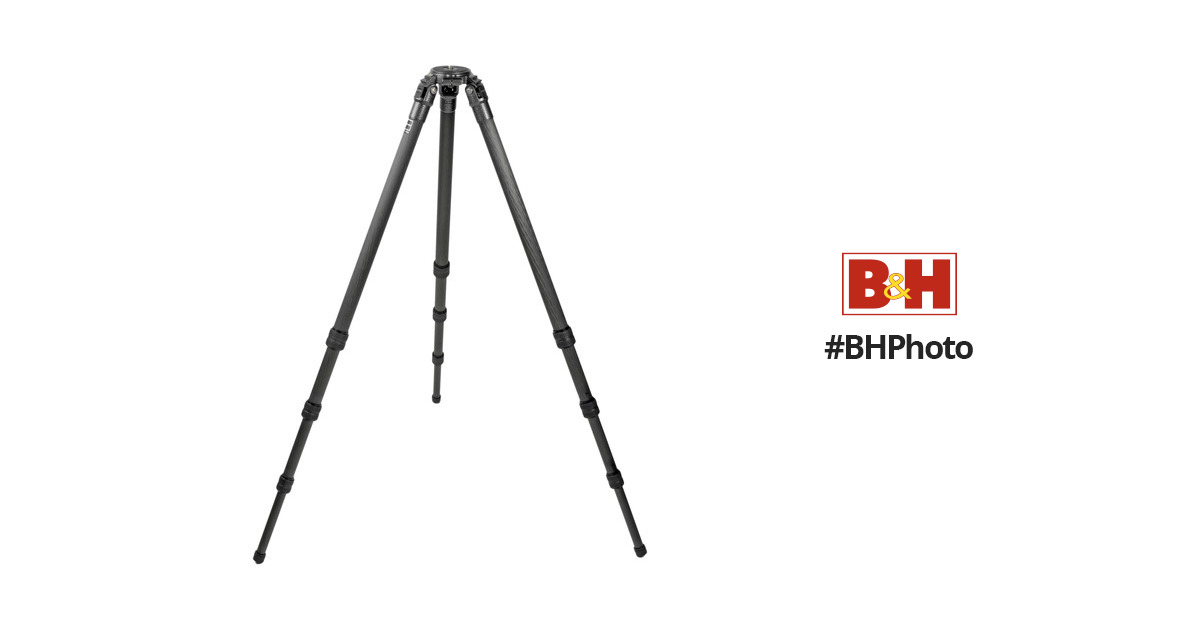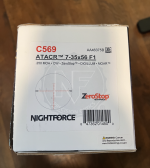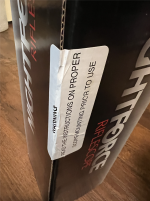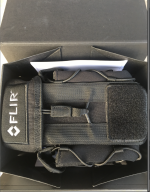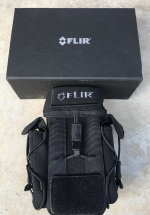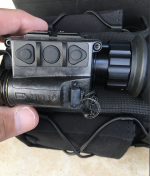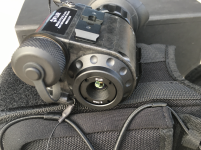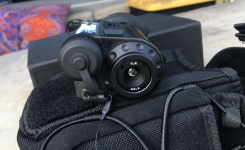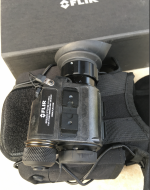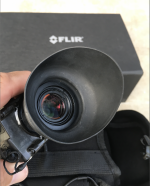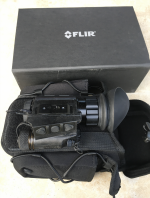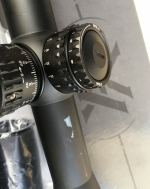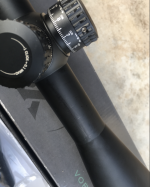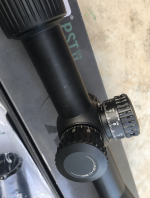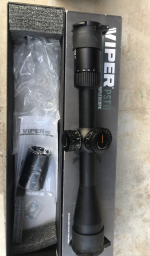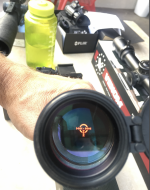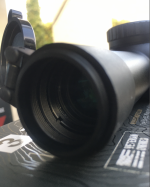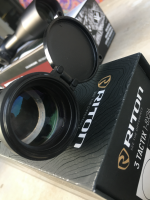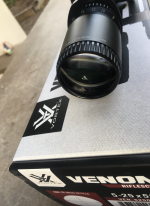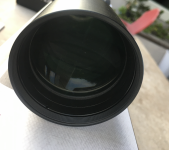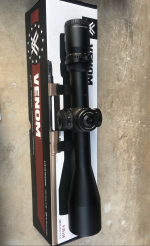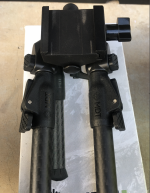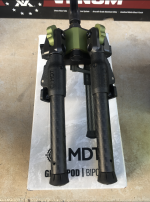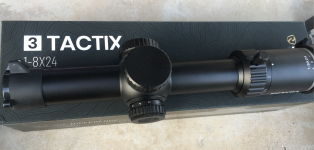So my wife went out for her 0730 power walk and I'm on the computer doing my classwork while our 9 yo grandson is having his cereal. My cell phone rings and it's my wife saying can you come outside and help me because I tripped and fell and a neighbor gal a few blocks down saw it and helped her up and drove her to our place. Wife was in serious pain in her left hip and we couldn't even get her out of the neighbor's car. So I grab the grandson and my wife's Sorento and follow the kind neighbor to the hospital ER in Temple. The ER attendant came out with a wheel chair and we got her into it but wife was in agony. After about two hours waiting they finally took her back for x-rays and sure enough, fractured left hip. Five hours later they finally had an open ER bed and could give her some morphine pain meds and said they'd move her to a room on a regular patient floor as soon as one was available. So it's now about 2230 and they moved us out into the corridor as they needed the ER bed room she was in. So we sat in the corridor for another 2+ hours until finally they got us upstairs to a regular room so this was going on 0130. We finally got her semi-settled (still in a lot of pain if she moved a little wrong). At any rate, I had to get back to the house to let the dog out. got there about 0245 and had to get up this am at 0600 to be back at the hospital to meet with the ortho surgeon as she is having surgery today. He is supposed to be top notch according to our DIL that works at the hospital as a doctor's placement project mgr.
On top of all that our son (aforesaid DIL's husband) got T-boned by a ghetto queen on his way home from work as she
backed out of one of those pay-day check cashing joints into a six lane main thoroughfare. Fucked up his car good, front fender, passenger door, popped the front tire cracked the rim and fucked up the suspension.
Any how, rant over. Wife is going to be fine and up and motivating in a couple days.
Sometimes shit just comes in droves so I'm waiting for the third shoe to drop

Y'all have a safe and happy weekend. I'm just counting my blessings that my wife is going to be good and my son didn't get hurt.

